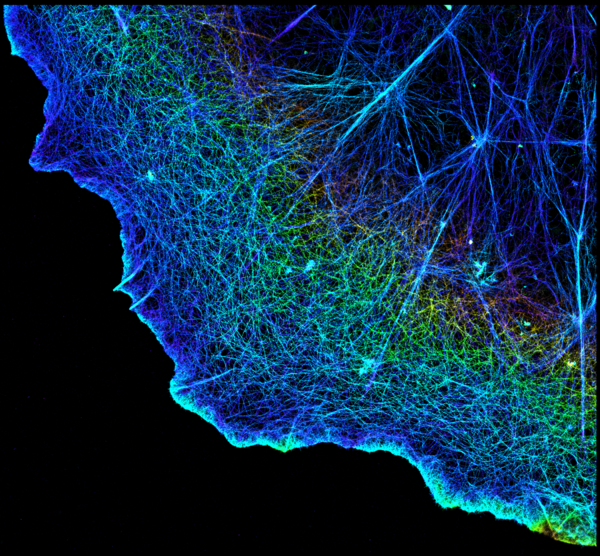On January 3rd, 2009, the great mother Goddess of cryptoeconomics, Satoshi Nakamoto, birthed her baby Bitcoin into the world. 10 years later, Bitcoin is booming, awakening cavalries of latent innovative energy and catalyzing radical new approaches to socioeconomic systems.
Bitcoin and its ilk are pushing the boundaries of critical fields of study, from fault tolerant distributed computing, to cryptography, mechanism design, and formal verification. The impact of these developments will be felt for generations.
I like to think of myself as a closet Bitcoin-maximalist. Despite being deep in the Ethereum and Proof-of-Stake rabbit holes for over 4 years now, I’ve never gotten over Bitcoin, and I’ve never been more bullish about its future. Here’s my 2016 ode to Bitcoin, to the tune of Biggie’s Juicy.
But what about Proof-of-Work? Isn’t it silly, a perennial race to prove something about waste? Perhaps. And almost certainly so for everything that’s not Bitcoin. But I tend to believe there should be one, and only one, big, bad, public, Proof-of-Work blockchain.
Why? I think the thermodynamic immutability that Proof-of-Work provides has tremendous value that is unlike anything we know how to produce with Proof-of-Stake systems. It is a hedge against the failure of certain socioeconomic relationships, both for the individual and for civilization writ large. It is a precious digital, if you will. If gold represents the capacity to mine, mold, and protect pretty things, Bitcoin represents the same, for digital things.
To me, the steady pulse of the Bitcoin blockchain is like the rhythm of the rising Sun, or a biogeochemical cycle - a low-frequency, thermodynamically grounded driving signal that is the foundation for an ecosystem of higher forms of life. The notion that the Sun shining or the Earth’s chemical cycling is somehow wasteful is preposterous, despite the enormous amount of heat they dissipate. Indeed, these are dissipative systems, but they are integral to the sustainability of myriad ecosystems and organisms that have arisen on top of them. So too, I suspect, will be the case for Bitcoin and its Proof-of-Work.
As for the relationship between dissipative systems and sustainability, it’s the kind of thing I used to love to write about, like here and here, and I hope to have much more to say on it in the future. If you want to think about what happens in the limit, you should probably read The Last Question.
As for Proof-of-Stake systems, I suspect they should be grounded in Bitcoin’s thermodynamics in some way. The simplest form would be checkpointing transactions, but a more robust approach is suggested by token bonding curves. Without some form of thermodynamic grounding, I would not expect the Proof-of-Stake systems to be sustainable.
Ultimately, I suspect will see the emergence of a “fractal hierarchy” of token-bonding relationships spanning from community currencies to Bitcoin, with a huge diversity of Proof-of-Stake systems in-between.
No doubt there will be some Proof-of-Work diversity in the short term, as there already is with so-called memory hard systems. But between the economics of merged mining and the expected innovation Bitcoin will precipitate in computing hardware, these systems will likely come to either fail, depend on Bitcoin, or move to Proof-of-Stake in the mid term. In the long term, who knows what will happen.
Meanwhile, I expect nothing but a thriving adolescence for Bitcoin. Shine on, you crazy diamond!
